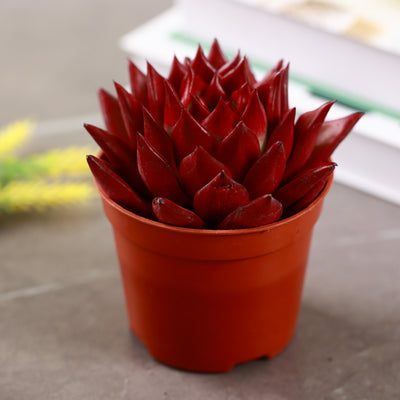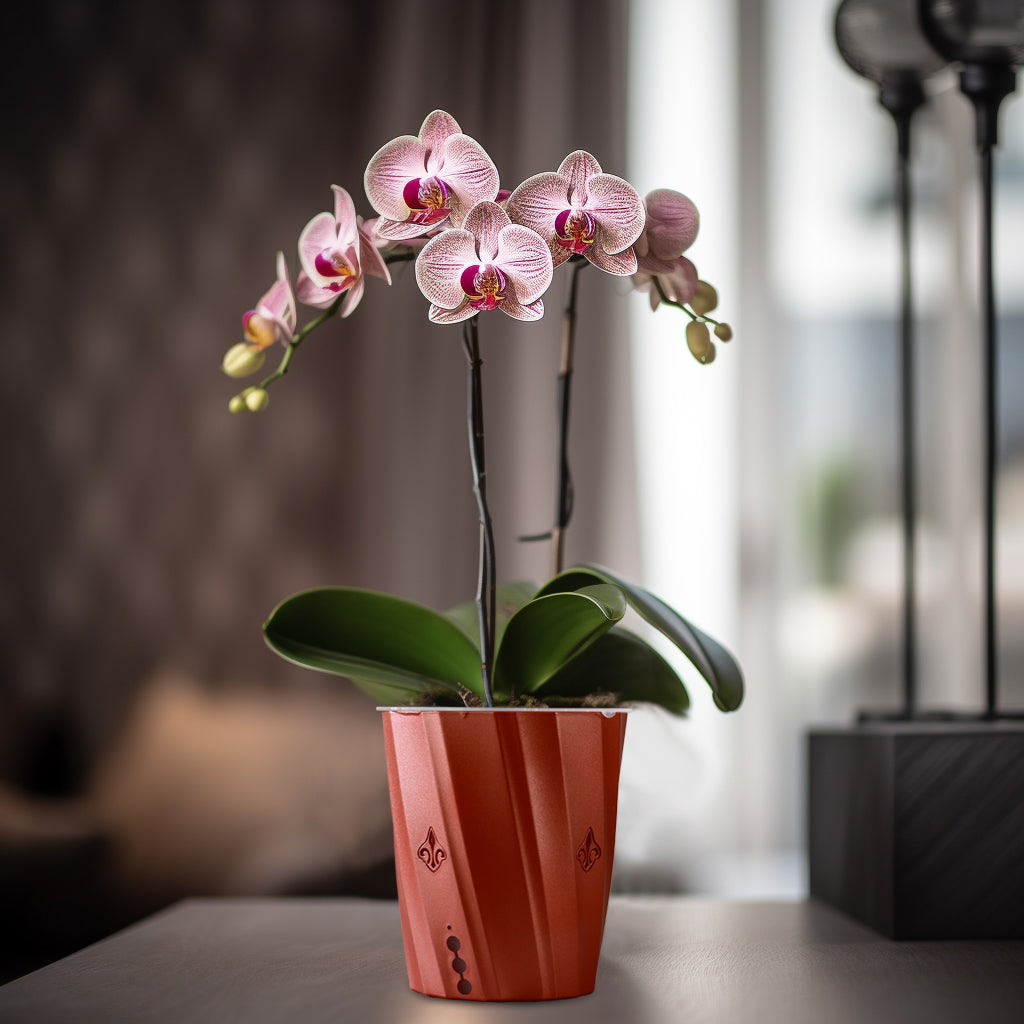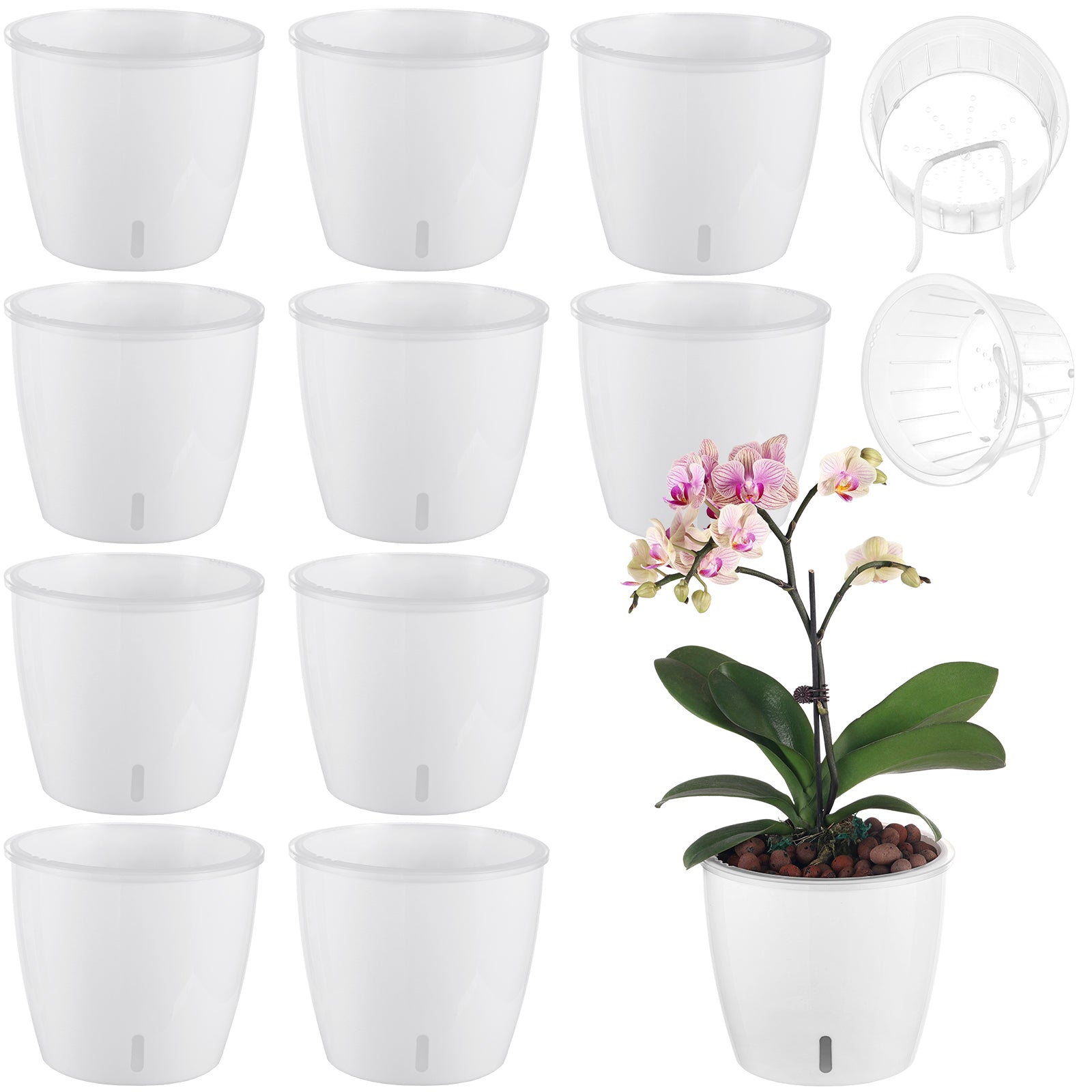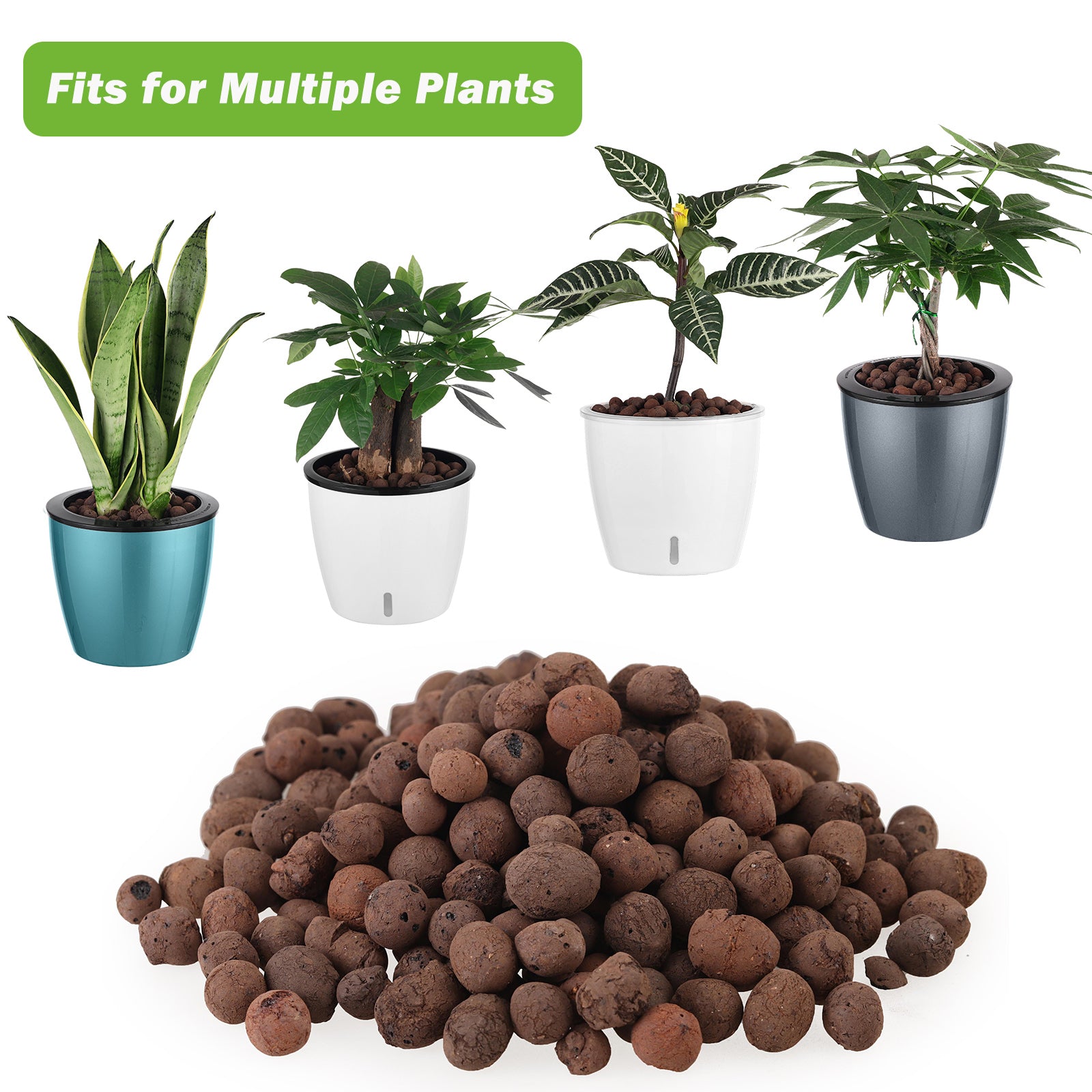How Long Do Orchid Blooms Last? The Ultimate Guide
Orchids are known for their gorgeous and delicate blooms, making them popular among plant enthusiasts and collectors. However, one common question that many people have is, how long do orchid blooms last?
The answer to this question depends on various factors, including the orchid type, environmental conditions, and proper care. In this comprehensive guide, we will discuss the factors that affect the long life of orchid blooms and provide expert tips on how to extend their lifetime.
Whether you are a seasoned orchid grower or a beginner, this guide will help you understand and maximize the beauty of your orchid blooms. So, if you've ever wondered how long do orchids bloom? If you want to know all the answers, keep reading.
Factors that Affect the Lifetime of an Orchid Bloom.
Orchids are known for their delicate and graceful flowers, but did you know that several factors can influence how long those blooms stay vibrant and fresh?
In this section, we'll explore the key factors that affect the longevity of an orchid bloom so that you can enjoy its beauty for even longer. Let's take a closer look at how long do orchids live.
1. Light and Temperature:
Orchids thrive in specific light and temperature conditions. Providing your orchid with the right light is crucial for healthy bloom development. Direct sunlight can scorch their delicate petals, while they require bright, indirect light.
In most homes, temperature issues are not a concern, but keeping the growing temperatures within the range of 60-85°F (16-24°C) for optimal results is recommended. However, if your orchid has not bloomed despite receiving adequate light, there is a simple trick you can try.

During the autumn season, provide your plant with night time temperatures of around 55°F (13°C) to 60°F (16°C) for a few weeks. This slight drop in temperature can help trigger the blooming process. Most orchids prefer a temperature range of 60-75°F (15-24°C).
Extreme temperature changes can cause stress to the plant, resulting in a shorter bloom life.
While maintaining the right temperature is crucial, there are a few things to avoid.
Firstly, make sure to steer clear of temperatures below 55°F (13°C) as they can harm your plant and its delicate flowers. Similarly, avoid exposing your orchid to extremely hot temperatures above 85°F (24°C).
The placement of your orchid is also important to consider. Avoid positioning it directly near heating or cooling vents where the air blows directly on the plant. The direct blast of air can significantly reduce the lifespan of your plant's flowers.
Too Little Light: Placing your orchid in an area with too little light can harm overall health. Light is essential for the process of photosynthesis, which allows plants to convert light energy into food. Without enough light, your orchid's ability to photosynthesize will be significantly reduced, leading to a weakened plant and a shorter flower lifespan.
To ensure your orchid gets the right amount of light, it is recommended to place it in eastern or western-facing windows indoors. These windows provide a good balance of indirect sunlight, allowing your orchid to thrive.
Too Much Direct Sun: While some direct sunlight benefits your orchid, too much can be harmful. Orchids can handle a few hours of direct sun indoors, but it's essential to avoid placing your plant in areas where it will receive excessive direct sunlight.
Prolonged exposure to intense sunlight can lead to burnt petals and damage your orchid's overall health. Finding a balance between light and shade for your orchid is crucial to prevent this.

Avoid placing it in direct sunlight all day, and be mindful of mid-day sun, which tends to be the strongest. Finding a spot that offers a mix of indirect sunlight and shade can protect your orchid from the harmful effects of excessive direct sun exposure.
By paying attention to the temperature requirements and avoiding harmful conditions, you can ensure that your Phalaenopsis orchid thrives and produces beautiful blooms. Remember to maintain a friendly environment for your plant, providing it with the ideal temperature range to enjoy stunning flowers for an extended period.
2. Humidity and Air Circulation:
Orchids originate from tropical regions, with higher humidity levels than in most homes. Adequate humidity is essential for their well-being and bloom longevity.
When the humidity drops below 40%, it can cause stress to your orchids and hinder their growth and overall well-being. To ensure your orchids stay healthy and vibrant, it's crucial to maintain humidity levels above this threshold.
Increasing Humidity with a Humidifier: A good humidifier is one of the best ways to increase humidity in your home. A humidifier releases water vapor into the air, raising the moisture content and creating a more suitable environment for your orchids.

Keeping the humidity above 40% provides your orchids with the optimal conditions they need to thrive. Investing in a high-quality humidifier is a worthwhile investment for any orchid enthusiast.
Exploring the Misting Myth: While misting is often recommended for orchids, it's important to note that it does not significantly increase the humidity of the air. Misting can benefit orchids with aerial roots, providing them with the needed moisture. However, it does not substantially impact the overall humidity levels in your home.
Therefore, relying solely on misting to maintain humidity for your orchids may not yield the desired results. Instead, consider using a humidifier to ensure consistent and adequate humidity levels.
On the other hand, poor air circulation can lead to stagnant air around the plant, increasing the risk of fungal infections. Ensure proper airflow is around your orchid by using fans or occasionally opening windows.
3. Watering Practices:
When it comes to caring for your orchid, watering practices play a crucial role in determining how long your beautiful flowers will last.
Phalaenopsis orchids, in particular, require special attention as they lack water storage organs known as pseudobulbs, which many other orchids possess. It's important to note that these orchids do not tolerate going completely dry, so finding the right balance is key.
Understanding Your Orchid's Medium: The type of medium in which your orchid is planted will greatly affect orchids watering needs. If your orchid is planted in sphagnum moss, it will take longer to dry out compared to orchids planted in orchid bark.

Therefore, it is essential to regularly check the moisture level of your medium and adjust your watering routine accordingly.
Avoid Overwatering: While it is important to ensure that your orchid does not dry out completely, it is equally crucial to avoid overwatering. Orchid roots are susceptible to rotting when exposed to excessive moisture for extended periods of time.
In their natural habitat, orchids grow as epiphytes on tree branches, which provides excellent drainage. Therefore, they are not adapted to sitting in water for long periods.
Click here if you want to avoid Overwatering and Underwatering your plants, then you can use self-watering planters to prevent overwatering and underwatering. It is recommended that you use a pot that has holes in it, like the Orchid Pot With Holes since these pots are designed for the health of orchid plants.

The Dangers of Root Rot: When your orchid's roots start to rot, it can have devastating effects on the plant's overall health. As the roots are responsible for absorbing water and nutrients, a rotting root system means your orchid is essentially dehydrated. This dehydration will quickly cause your flowers to suffer and wilt, leading to a shorter lifespan for your blooms.
Conclusion
the orchid lifespan of blooms can vary depending on the specific type of orchid and the care it receives. Flowers of orchids can last from a few weeks to several months on average.
However, it's important to remember that each bloom is a unique and fleeting beauty, so it's best to cherish them while they last. With proper care, including providing the right amount of light, water, and temperature, you can help extend the blooming period of your orchids.
FAQs
What Do You Do with an Orchid After the Blooms Fall Off
After the blooms fall off an orchid, it's important to continue caring for it. Trim the stem just above a node to encourage new growth. Keep the plant in a bright location with indirect sunlight and maintain a consistent watering schedule. With proper care, your orchid may bloom again in the future.
How Long Do Orchid Blooms Last Indoors?
Orchid blooms can last from a few weeks to a few months indoors, depending on the specific type of orchid and how well it's cared for. With proper lighting, temperature, and watering, you can help extend the lifespan of the blooms. Remember to remove any wilted flowers to encourage new growth.
How Do You Keep Orchids Blooming?
To keep orchids blooming, ensure they receive the right amount of light, water, and temperature. Please place them in a bright spot with indirect sunlight and water them when the top inch of the soil feels dry. Avoid overwatering. With proper care, your orchids will continue to bloom beautifully.
How Long Will Orchids Stay in Bloom?
Orchids can stay in bloom for several weeks to a few months, depending on the specific variety and care they receive. With proper watering, temperature, and light conditions, you can enjoy the vibrant blooms of orchids for an extended period.
*Disclosure: This post may contain affiliate links. As an Amazon Associate I earn from qualifying purchases.
















Leave a comment